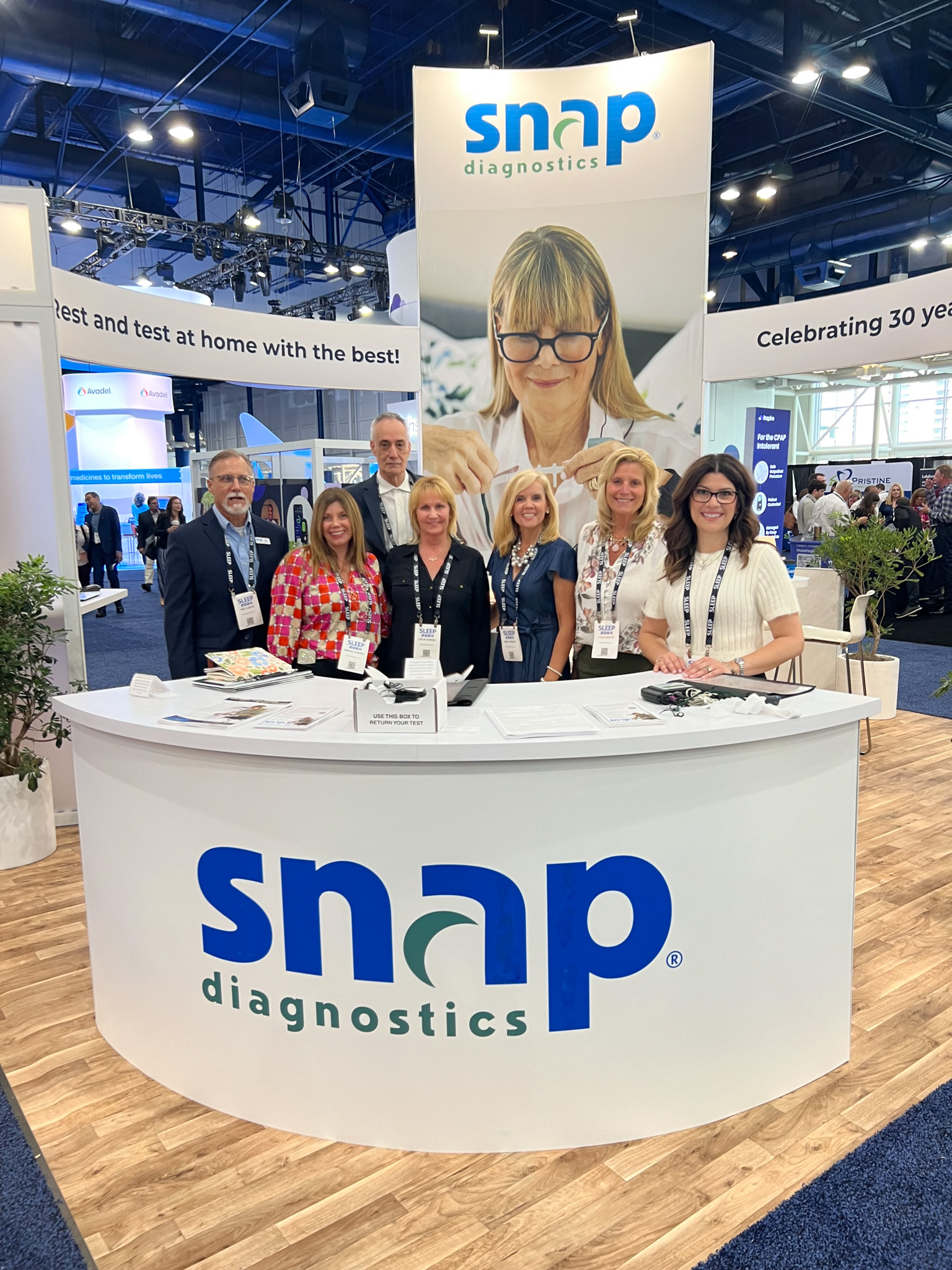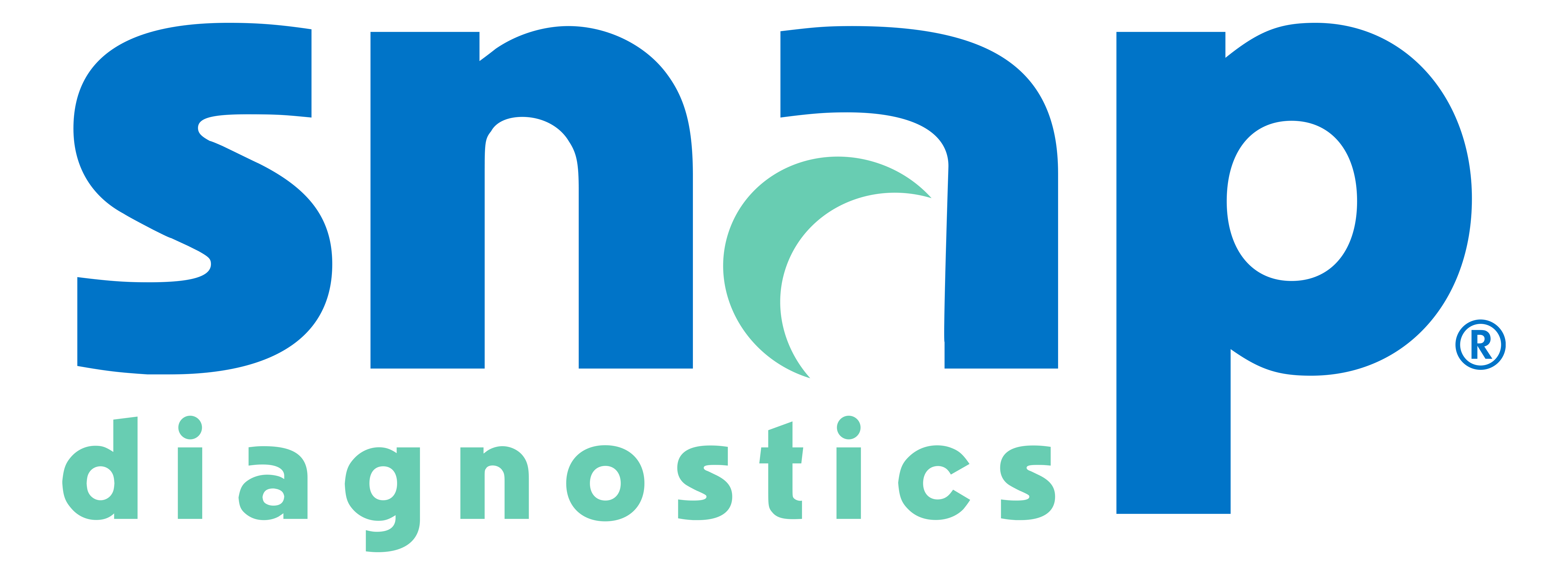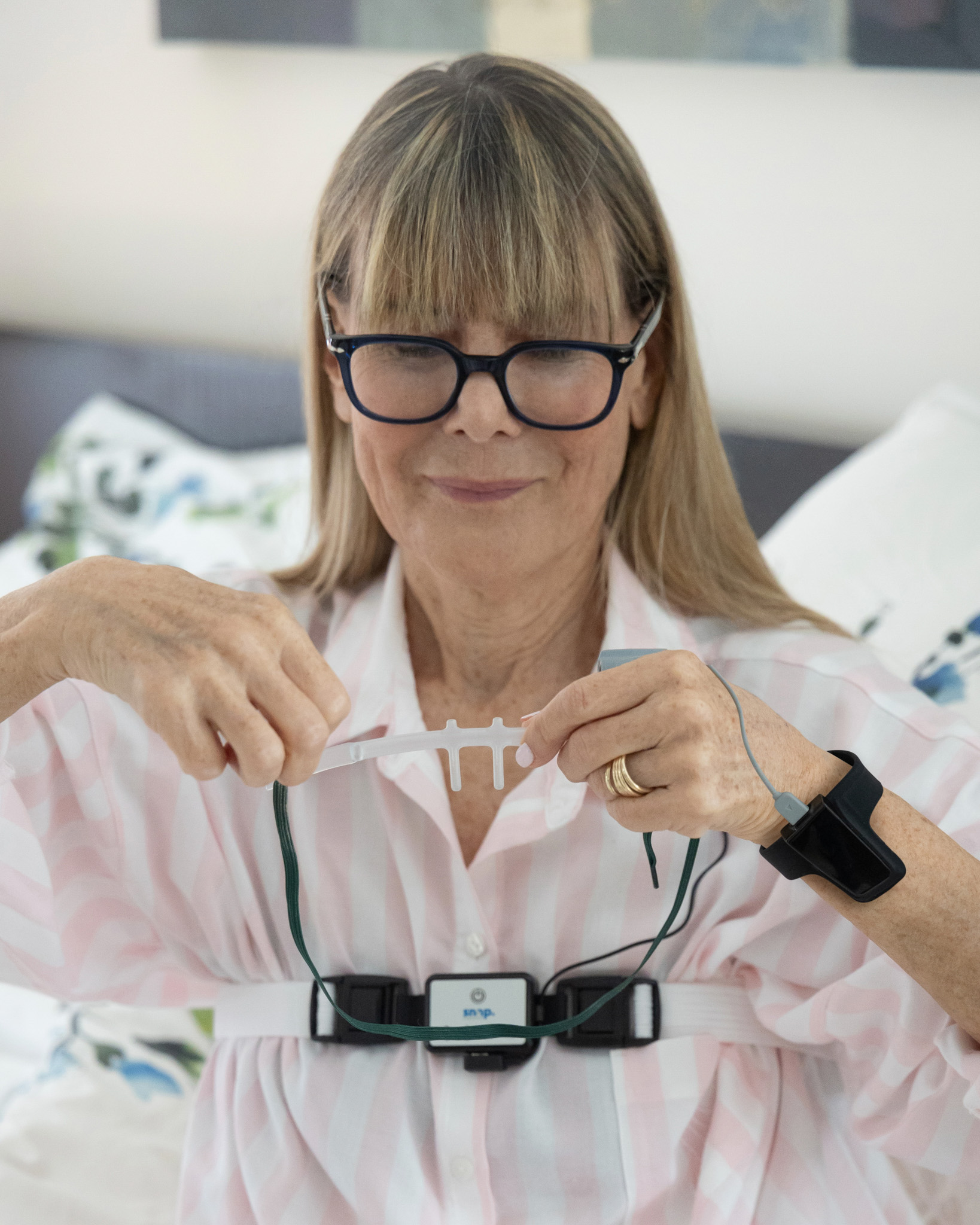
We are pleased to invite you to visit Snap Diagnostics at SLEEP 2025 in Seattle, Washington from June 9th to 11th, 2025.
Join us at Booth #435 to discover the latest advancements of our home sleep test (HST). We’re excited to introduce Snap® Model 9— our next-generation wearable HST device— featuring integrated airflow, effort, and body position channels for enhanced accuracy and quality of results.
Schedule a meeting with our team:
For dedicated time to discuss your needs, we encourage you to schedule a meeting during SLEEP 2025. Contact us at SalesSupport@SnapDiagnostics.com to arrange an in-person or virtual meeting.
For complete information about the SLEEP 2025 program and event details, please visit the official conference website, SleepMeeting.org
We look forward to seeing you in Seattle!


Recent Comments